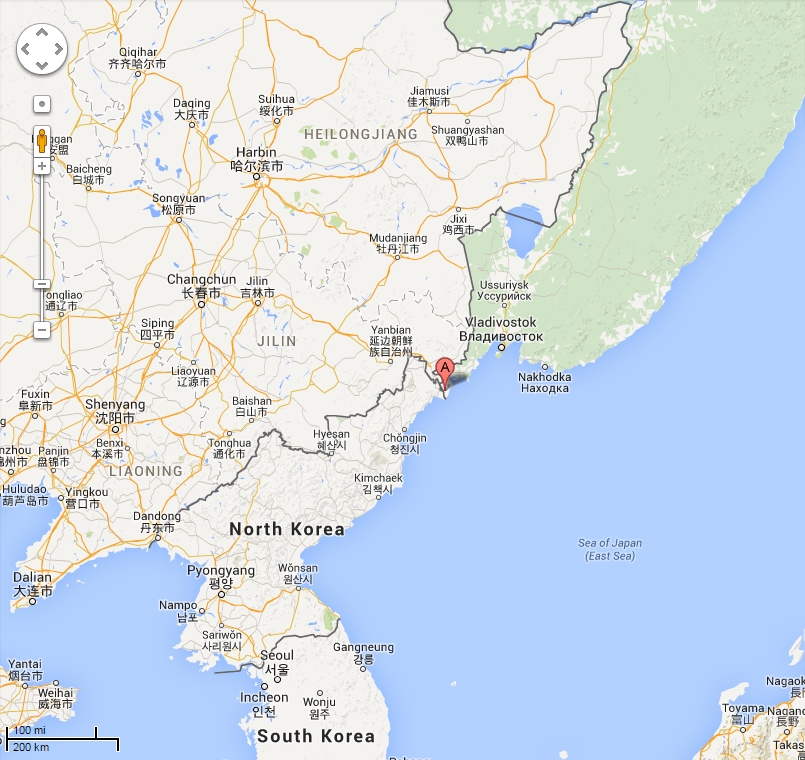Boards Not Briefed on Strategy?

I'd like to make a quick note on strategy, after reading After high-profile hacks, many companies still nonchalant about cybersecurity in the Christian Science Monitor today. The article says: In a survey commissioned by defense contractor Raytheon of 1,006 chief information officers, chief information security officers, and other technology executives, 78 percent said their boards had not been briefed even once on their organization’s cybersecurity strategy over the past 12 months... The findings are similar to those reported by PricewaterhouseCoopers in its Global State of Information Security Survey last year in which fewer that 42 percent of respondents said their board actively participates in overall security strategy . Does this worry you? Do you want to introduce strategic thinking into your board discussion? If the answer is yes, consider these resources. 1. Check out my earlier blog posts on strategy , especially the first two articles. 2. Wa...





